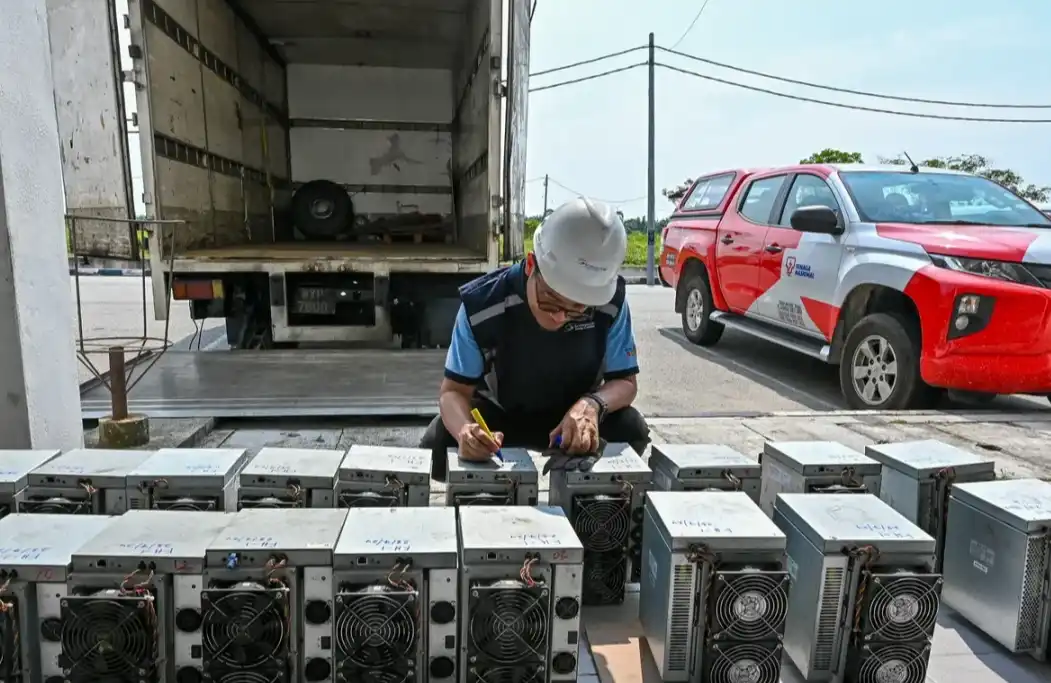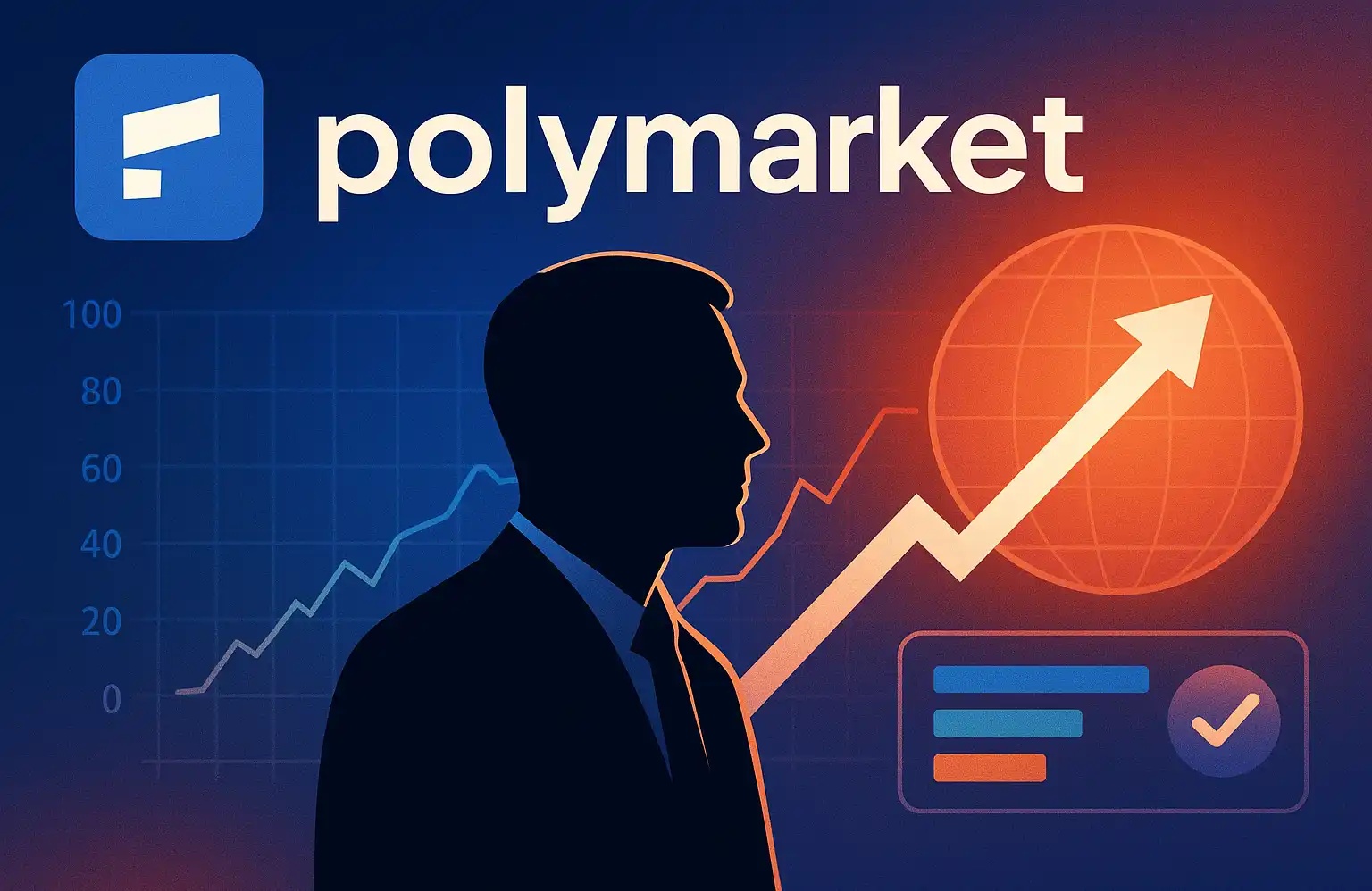What kind of competition will Zk Rollup and Op Rollup form in the future?
Original title: "What kind of competitive landscape will Zk Rollup form with Op Rollup in the future?"
Original author: Rain in the Rain
After the rise of Optimistic Rollup, Zk Rollup is ushering in its own spring.
At a suitable opportunity after the end of the $ARB airdrop, Zksync announced the launch of the Era mainnet, followed by the rapid growth of its TVL (total locked value). According to L2BEAT data, as of April 2, the TVL of the Era mainnet has exceeded 100 million US dollars.
Another important event for Zk is that Polygon officially launched the Beta version of the zkEVM mainnet, and Ethereum co-founder Vitalik Buterin made a symbolic first transaction.

From the perspective of airdrop hunters, the generous returns of previous Layer 2 airdrops are attracting this group to widely enter the Zk Rollup ecosystem and participate in ecological protocols.
From the perspective of narrative hotspots, the release of the Optimism Rollup airdrop means that its narrative will be extinguished in the short term, and the market will focus on newer hotspots - that is, new Zk products launched under this opportunity.
In any case, the overall crypto market is optimistic about ZKP technology and Layer2 trends.
The advantages of Rollup using ZKP technology over Optimism Rollup are:
Fast speed and higher security: Optimism Rollup using fraud proof requires trust assumptions and relies on honest nodes to verify the reliability of transactions; while Zk Rollup only needs to provide validity proof to verify the reliability of transactions.
Higher privacy: With ZKP technology, Zk Rollup only needs to ensure the integrity of the chain, so that the prover can prove the validity of the transaction batch without revealing the specific details of the transaction or requiring the validator to check all transactions before accepting the new state.
However, since EVM does not support ZK circuits, the large-scale adoption of Zk Rollup looks difficult. Therefore, in order to lower the developer entry threshold of Zk Rollup, zkEVM has become a prominent school in the Zk Rollup track. The inherent logic of zkEVM is that the Zk Rollup solution provides developers with a deployment environment with EVM equivalence, and then converts the code to a virtual machine environment compatible with ZK circuits to achieve the validity proof supported by ZKP technology.
Hidden Concerns
However, after the market ushered in the ZK wave, Zk Rollup will also face its new challenges:
Polygon zkEVM
When the transaction is packaged and sent to Layer1, it is essentially a group of traders crowdfunding to reduce the cost. When there are many traders, the spread of fees will naturally not bring too much pressure to Polygon.
However, when the number of traders is small, the fees cannot be spread evenly, and Polygon needs to subsidize. This means that if Polygon zkEVM does not have enough users, it will need to continue to subsidize, which will bring huge economic expenditure pressure to the official.
Zksync Era
After a large influx of liquidity, Zksync has gained a large number of users. Under this pressure, the zkSync Era mainnet went down, and the block production suspension lasted for about 4 hours.
According to the team's subsequent analysis, the reason was: the database of the block queue failed, causing the block production to stop.
In order to solve this kind of situation in the future, Zksync assigned another layer of identity to its database monitoring agent, which can help it continue to work when there is a problem with the database.
In fact, the problems encountered by Polygon zkEVM and Zksync Era are essentially the same. They are both facing the problem of user and block sorting.
On Layer1, block sorting is under the distribution of benefits, and MEV has become a universal solution under the sorting game.
The development of MEV technology in Layer2 is still under discussion.
Encrypted mempools may be a better application direction for MEV - encrypting and decrypting user transactions through ZKP technology, and avoiding the review of centralized institutions.
Encrypted mempools ultimately guarantees fair execution of sorting.
The new vitality of Optimism Rollup
At the same time, we cannot ignore the strong vitality of Optimism.
Optimism has launched OP Stack - a blockchain modular component that allows developers to build a variety of highly scalable and highly interoperable blockchains on its basis. Currently, Coinbase has launched Layer2 built on OP Stack. And the voting for Optimism's new upgrade Bedrock will end on April 5.
After Bedrock, Optimism will usher in a qualitative leap:
For developers: EVM compatibility is better, and developers can migrate their DAPPs to Optimism with smaller code differences. This alleviates the problem that Optimism has faced for a long time-developer deployment threshold.
For users: Faster Layer1 to Layer2 deposit time, lower cost of submitting data to Layer1. The upgrade also introduces a new interactive fraud proof system Cannon to achieve lower costs.
For sorters: Allow external teams to build a multi-client ecosystem and introduce incentives to achieve decentralization and reduce the single point risk of the network.
For the ecosystem: Introduce a variety of alternative proof systems including ZKP technology, no longer stick to fraud proofs.
Although Arbiturm is now caught in the storm of public opinion, the fundamental reason for its current situation is that it did not make it clear in the early work. Even so, we cannot ignore the brand power and influence of Arbiturm's own ecosystem.
Currently, the Arbitrum ecosystem has more than 262 protocols, and some of DeFi's most innovative projects are built on this ecosystem. According to TokenTerminal data, its 30-day average daily active users are 164,000. Arbitrum mentioned in its 2023 outlook that this year Arbitrum will work around reducing fees, increasing TPS and decentralization of validators/sequencers/DAOs.
On the market side, Arbiturm will restart the Odyssey event and is committed to promoting the adoption of Nova chain at the level of social applications and game applications.
Finally
If we look at it from the perspective of various Layer2 competitions, although ZK Rollup has always been a popular subject in cryptography, it has only recently received a huge amount of attention. At present, the operating ideas of Zk Rollup are basically to attract more user participation and developer adoption by launching new testnets/mainnets.
Optimism has fallen behind in the competition with Arbitrum, so Optimism needs to launch more advantageous products more quickly to attract the market's attention.
Arbitrum pays more attention to market-side work. It is a temporary winner in the current Layer2 war, so it needs to promote a variety of marketing activities to enhance the influence of its own brand.
Overall, the competitive points between Opitimism Rollup and Zk Rollup in product architecture are the equivalence, speed and cost of EVM. At present, Opitimism Rollup has a clear advantage in these two aspects.
As Steven Goldfeder, co-founder of Offchain Labs, the development team of Arbitrum, mentioned, he disagrees with the widely recognized market view that "ZK Rollup is a better alternative to Optimistic Rollup". It is still far from implementing zkEVM in a production environment, and at this stage zk-Rollup is more expensive and less compatible than op-Rollup.
Staff from the ZK Technology Department believe that Zk Rollup can provide the same security and higher capital efficiency (without waiting for the challenge period), and Opitimism Rollup is subject to fraud proofs and must be executed on Ethereum, while Zk Rollup does not have this limitation.
Then, we can't help but wonder, will Zk Rollup's intensive voice this year have the opportunity to challenge Optimism Rollup's market share?
The answer is yes.
However, as Steven Goldfeder said: "Although many teams are steadily advancing zkEVM, it is far from the "golden age", and any team that promotes this narrative is damaging the community."
When zkEVM has not yet reached its golden age, blindly promoting the adoption of Zk Rollup is a consumption of the ZK narrative.
At present, we cannot predict the accurate development of a project in the future by the pros and cons of technology. Each Rollup project is promoting its own product market share in the Layer2 competition through its unique understanding of encryption technology and the encryption market. As we mentioned above, due to the different positions of each project, its product strategy and market strategy will also be different. But no matter what, it is certain that Ethereum will be the ultimate winner.
Original link
Welcome to join the official BlockBeats community:
Telegram Subscription Group: https://t.me/theblockbeats
Telegram Discussion Group: https://t.me/BlockBeats_App
Official Twitter Account: https://twitter.com/BlockBeatsAsia











